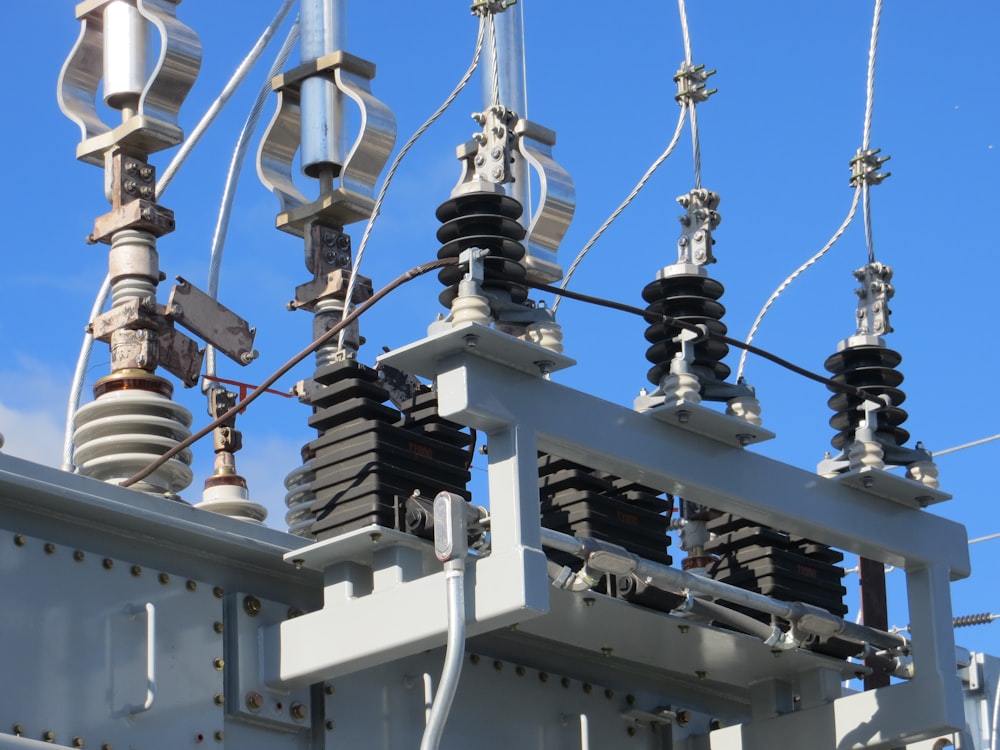Green Hydrogen: Next-Gen Production Technologies
The Rise of Green Hydrogen
In recent years, there has been a significant surge in interest surrounding green hydrogen as a sustainable energy solution. Governments, industries, and researchers alike are turning their attention to this promising alternative to traditional fossil fuels. Green hydrogen is produced through the electrolysis of water using renewable energy sources such as wind or solar power, offering a clean and efficient way to store and transport energy.
Understanding Electrolysis
At the heart of green hydrogen production lies electrolysis, a process that splits water molecules into hydrogen and oxygen using an electric current. This method produces hydrogen without emitting greenhouse gases, making it a key player in the transition towards a low-carbon economy. Electrolyzers, the devices used for this process, come in various forms, including alkaline, PEM (Proton Exchange Membrane), and solid oxide electrolyzers, each with its unique advantages and applications.
Technological Innovations
Advancements in electrolyzer technology have paved the way for more efficient and cost-effective green hydrogen production. High-pressure electrolysis, for instance, allows for greater hydrogen output with reduced energy consumption, while solid oxide electrolyzers operate at higher temperatures, enabling the use of waste heat for improved efficiency. These innovations are driving down the production costs of green hydrogen, making it increasingly competitive with conventional fuels.
Integration with Renewable Energy
One of the main attractions of green hydrogen is its ability to store and transport renewable energy over long distances. By coupling electrolysis with renewable energy sources such as wind or solar power, excess energy can be converted into hydrogen and stored for later use. This flexibility helps address the intermittency of renewable energy generation, providing a reliable solution for meeting energy demands while reducing carbon emissions.
Applications Across Industries
The versatility of green hydrogen opens up a wide range of applications across various industries. In transportation, hydrogen fuel cells offer a clean alternative to conventional vehicles, powering buses, trucks, and even trains with zero-emission technology. Similarly, industries such as manufacturing, agriculture, and energy production can benefit from using hydrogen as a clean fuel source for heating, electricity generation, and chemical processes.
Challenges and Opportunities
While the potential of green hydrogen is vast, several challenges remain to be addressed. Scaling up production to meet growing demand, reducing costs, and establishing a robust infrastructure for storage and distribution are among the key hurdles facing the widespread adoption of green hydrogen. However, with ongoing research and investment, these challenges present opportunities for innovation and collaboration, driving the development of a more sustainable energy future.
The Road Ahead
As the world continues to seek viable solutions to combat climate change and reduce dependence on fossil fuels, green hydrogen emerges as a promising contender in the quest for a cleaner, greener future. With ongoing advancements in production technologies and increasing recognition of its potential benefits, green hydrogen is poised to play a pivotal role in the global energy transition, offering a pathway towards decarbonization and sustainability.
For more information on green hydrogen production technologies, visit





